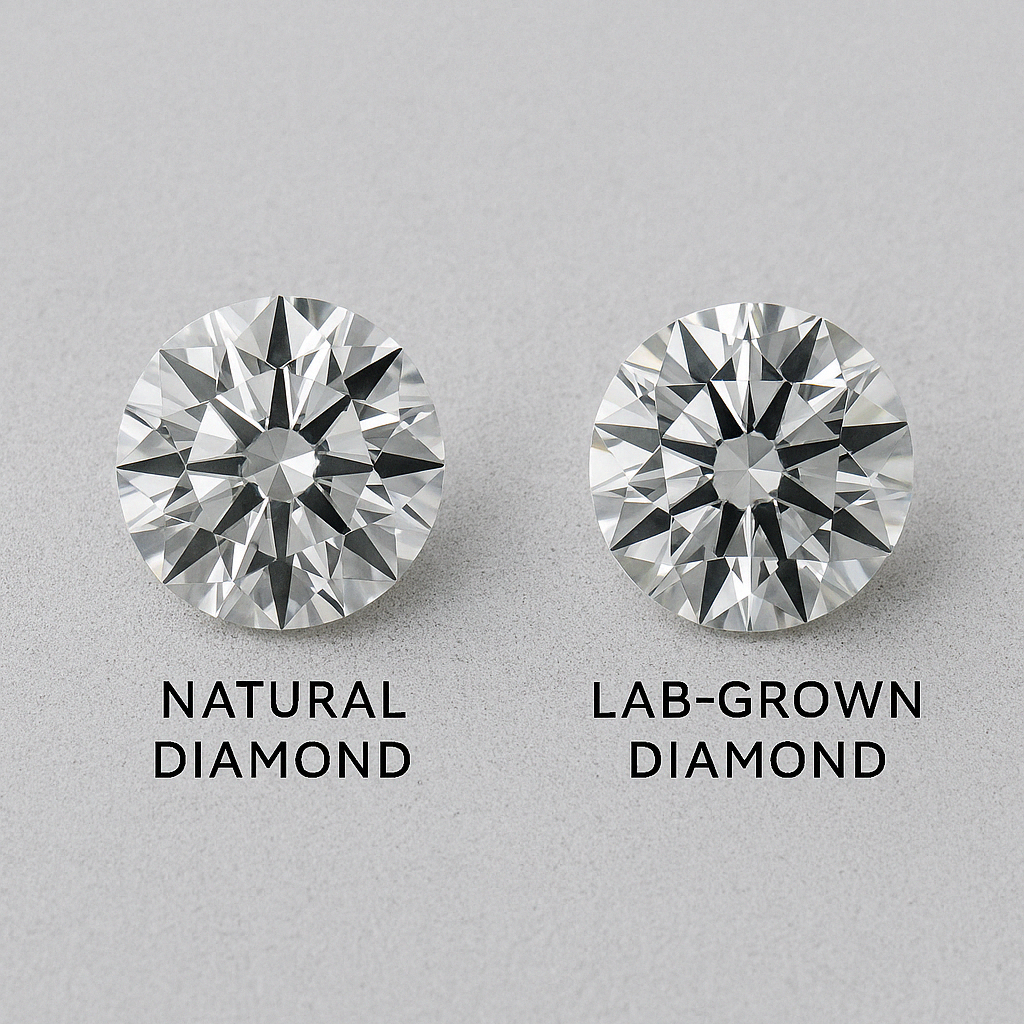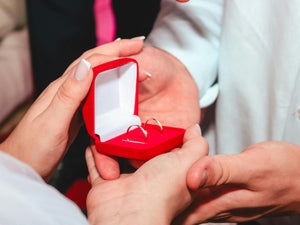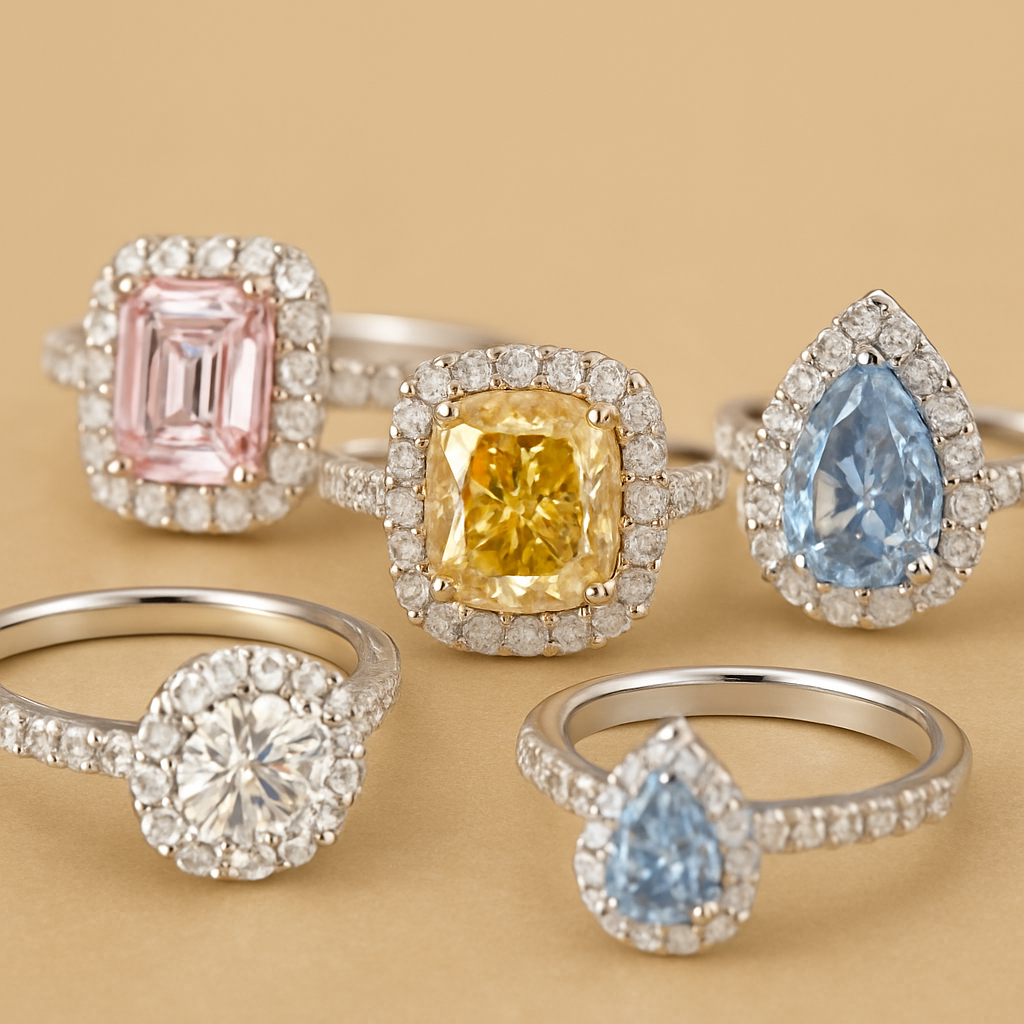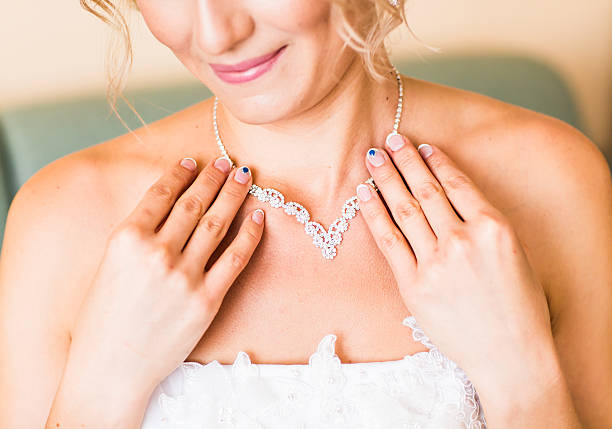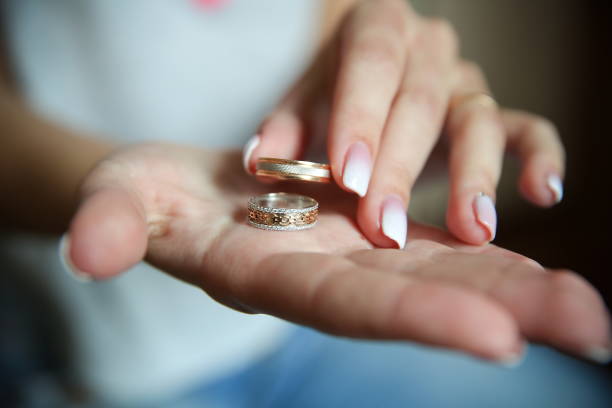Diamonds are forever, but not all diamonds are created equal. As lab-grown diamonds increase in popularity, one of the most frequently asked questions from consumers is:
"How can I distinguish between a natural and a cultured diamond?"
The truth? Unless you're a professional gemologist with fancy tools, you can't distinguish between them just by eye. Both kinds of diamonds shine equally, are equally hard, and consist of pure carbon. But if you're interested—or about to make a major investment—it's worth knowing the nuances between them.
What Are Natural and Lab-Grown Diamonds?
Natural Diamonds
- formed under extreme heat and pressure in the Earth's mantle over a period of one to three billion years.
- taken out of the earth using conventional mining techniques.
- Every diamond is unique, having been formed over time by nature.
- may contain organic inclusions like internal "feathers" from the growth process or additional minerals.
Lab-Grown Diamonds
- developed in a lab setting utilizing cutting-edge technology.
- There are two primary production techniques:
-
- High Pressure, High Temperature (HPHT) simulates the natural diamond environment.
- Chemical Vapor Deposition, or CVD, creates diamonds layer by layer using a gas that is rich in carbon.
- optically, chemically, and physically identical to real diamonds.
- typically more economical and ecologically friendly.
Visual Differences: Can You See It?
To the untrained eye, and even under a standard jeweler’s loupe, there’s no visible difference between a high-quality lab-grown diamond and a natural one. Both can be graded with the same 4Cs—Cut, Color, Clarity, and Carat Weight—and both will shine with the same brilliance.

Scientific & Professional Methods to Tell the Difference
Here's how experts and gem labs determine if a diamond is natural or synthetic:
1. Laser Inscriptions
The majority of lab-grown diamonds nowadays have laser inscriptions on the girdle (edge) indicating something like:
"Lab Grown", "LG", or "Synthetic"
These are detectable only under magnification.
2. Growth Patterns
Gem labs can detect growth patterns under sophisticated tools such as:
- DiamondView (utilized by GIA)
- Spectroscopy Analysis
- UV Light Testing
Natural diamonds tend to display a cubic crystal habit, whereas lab-grown diamonds tend to display tabular or laminated growth habits, particularly in CVD diamonds.
3. Inclusions
- Natural diamonds can have inclusions such as:
-
- Small crystals
- Internal graining
- Feathers
- Lab-grown diamonds can display:
-
- Metallic inclusions (often present in HPHT diamonds)
- Striations or parallel growth lines
4. Fluorescence
With UV light, diamonds sometimes fluoresce (glow). Lab-grown diamonds can fluoresce differently—sometimes more strongly or with differing color patterns.
Certification is Key

Request a diamond grading report from a reliable laboratory
at all times:
- The Gemological Institute of America, or GIA
- The International Gemological Institute, or IGI
- Gem Certification & Assurance Lab, or GCAL
- Antwerp HRD
These labs will make it obvious whether a diamond is lab-grown or natural. That's your assurance of what you're purchasing.
Price Comparison
One of the easiest ways to suspect a lab-grown diamond is the price difference:
| Feature | Natural Diamond | Lab-Grown Diamond |
|---|---|---|
| Formation Time | 1-3 billion years | Few weeks to months |
| Cost | Higher | 30-60% more affordable |
| Appearance | Identical | Identical |
| Environmental Impact | Varies (depends on mining practices) | Generally lower |
| Resale Value | Higher (traditionally) | Currently lower |
Ethical & Environmental Considerations
Natural diamonds may be from conflict-free origins (if certified), but concerns regarding mining's effect on the environment remain.
Lab-grown diamonds are sometimes deemed more ethical and environmentally friendly since they do not entail conventional mining.
That said, not all lab-grown diamonds are created equal—some require a significant amount of energy. Seek out producers that utilize renewable energy or have carbon-neutral certification.
Final Tips for Buyers
Here’s how to make sure you’re informed before buying:
✅ Ask the jeweler whether the diamond is natural or lab-grown
✅ Request to see the certificate
✅ Inspect for laser inscriptions (if any)
✅ Compare pricing and value per carat
✅ Buy from reputable and transparent sellers
Conclusion: Does It Really Matter?
Real diamonds include both natural and lab-grown diamonds. Origin, cost, and perception are where the differences lie. Your values, financial situation, and personal preferences will determine which option you choose.
Whether it's made in a state-of-the-art lab or formed in the heart of the Earth, you can shine with confidence as long as you're getting what you expect and it comes with the right certification.


